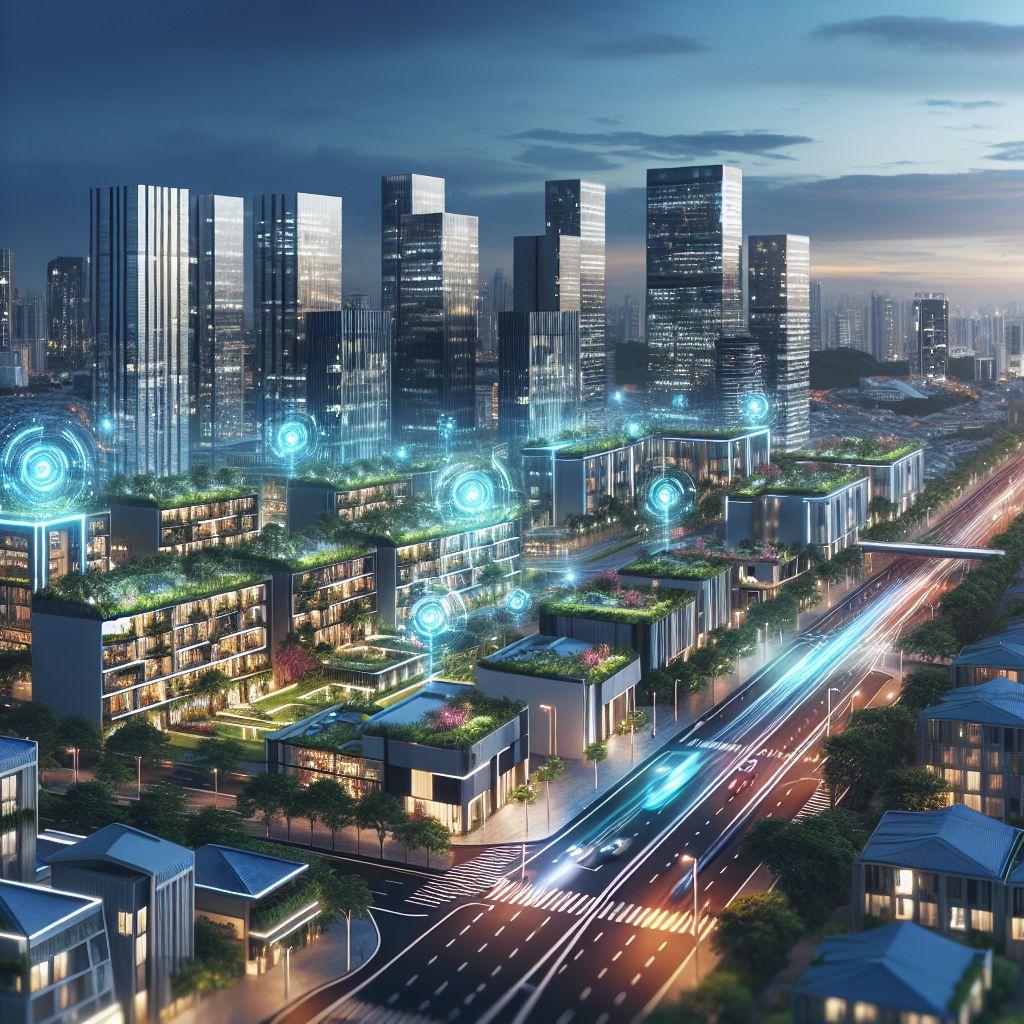Introduction to Smart City Infrastructure
As urban areas continue to grow, the concept of ‘smart cities’ is revolutionizing how we think about infrastructure. Smart cities leverage digital technology and IoT (Internet of Things) solutions to enhance public services and the quality of life for residents. This transformation is not just about implementing technology but rethinking the very foundation of urban infrastructure for enhanced sustainability and efficiency.
The Role of Technology in Smart Cities
At the heart of the smart cities changing infrastructure movement are technologies like AI, IoT, and big data analytics. These technologies enable cities to become more interactive and responsive. For instance, sensor-equipped buildings and streets can monitor everything from traffic patterns to energy usage, providing data that can be used to optimize and reduce resource consumption.
Improving Urban Mobility
One of the most visible changes smart technologies bring to cities is in the area of mobility. Smart traffic management systems reduce congestion and improve traffic flow, which directly affects emissions and urban air quality. Cities like Singapore and Barcelona have implemented dynamic traffic signals that adjust in real-time to traffic conditions, significantly improving commute times and reducing vehicle emissions.
Energy Efficiency and Sustainability
Smart cities are at the forefront of sustainable urban living. Integrated smart grids and renewable energy sources ensure efficient power management. For example, in Amsterdam, smart energy systems allow buildings to share excess energy, balancing the grid load and reducing wastage. This not only ensures a stable energy supply but also supports the city’s environmental goals.
Enhanced Public Safety and Security
Enhanced security is another critical area where smart cities are making significant strides. Through the use of CCTV cameras and IoT devices, cities can monitor public areas more effectively, deterring crime and enhancing emergency response through real-time data. This has been evident in cities like New York, where smart surveillance has helped in crime reduction.
Challenges and Considerations
Despite the benefits, the transition to smart city infrastructure is not without challenges. Issues such as data privacy, cybersecurity, and the digital divide among citizens need to be addressed. Moreover, the high initial costs and complexity of implementing these technologies pose significant hurdles for many cities.
Future Prospects
The future of smart cities changing infrastructure looks promising, with continuous advancements in technology paving the way for more innovative solutions. As more cities adopt smart technologies, we can expect urban environments that are not only more efficient but also more inclusive and sustainable.
Conclusion
Smart cities represent a paradigm shift in how urban environments are designed and managed. As we advance, the integration of technology in city planning and management is set to redefine urban living, making it more sustainable, efficient, and safe for residents. The journey of transforming into smart cities is complex and requires careful consideration of various factors, but the potential benefits make it a worthy endeavor.
Looking ahead, smart cities are poised to become the new standard for urban development, continuously evolving to meet the needs of their growing populations and the challenges of modern living.


